Pear bergamot: description, varieties and agricultural technology
Pear is a long-lived tree. There are representatives who are more than 200 years old. There are many varieties, which are conventionally divided into early, middle and late. In the summer, that is, in mid and late August, early varieties are harvested. In the fall, the middle ones ripen, but the late varieties are harvested before frost and placed in boxes, such fruits will ripen in storage.
Content:
- General information about the pear
- Bergamot pear varieties
- Care and reproduction
- Application of pear bergamot
General information about the pear
Pear is fruit tree, it is widespread in the territories of European and Asian southern countries. Belongs to the pink family. In height, trees can be of different sizes from 7 to 25 meters. The crown of a pear has a pyramidal shape, in some varieties it is round. Since the tree has a large number of branches, the crown is usually very dense.
Leaves are round and oblong, ovoid. When buds open, they are slightly pubescent, adults, large leaves are shiny, smooth, colored green, the lower part of the leaf is slightly lighter than the upper one.
By autumn, the leaves turn yellow, orange or red.
The buds bloom in early May, are located on peduncles and are collected in inflorescences. The flower petals are white or white-pink. The tree begins to bear fruit from the age of 8. The fruits are juicy, of different sizes in different varieties. Round shape, color yellow, green, red.
Bergamot pear varieties
Pear bergamot Novik.
- This variety was bred by I.V. Michurin.
- The tree has a pyramidal crown and grows up to 15 meters.
- The flowering period begins at the end of May.
- Pear fruits are medium in size and yellowish in color.
- Juicy, with dense flesh, after harvest, they are stored for a week.
- Wood tolerates frost well and bears fruit abundantly every year.
Autumn bergamot pear:
- The tree is large, a popular variety among gardeners.
- The shape of the crown is pyramidal.
- The flowering period begins at the end of May, the fruits ripen at the end of September.
- Pears have a yellowish-green color, soft and juicy flesh.
- After collection, they are stored for a week. The yield of this variety is high.
- It tolerates winter frosts well.
Pear bergamot Volga:
- This variety has a high yield stability, the fruits can be stored for 3 weeks.
- Blooms in late spring, ripening occurs in late summer - early autumn.
- The pears are green with a red barrel, juicy, sweet, soft flesh.
- The fruits are located on short stalks. The yield is high.
Pear bergamot of Dagestan:
- A newly bred hybrid of a winter pear.
- A tree up to 15 meters in height has a rounded crown.
- The branches are long, the leaves are green, smooth, oval oblong in shape.
- Fruits are large, weighing up to 130 grams, yellow with a greenish tinge.
- The pulp is sour-sweet, juicy. The harvest is removed in early October and laid out for ripening.
- Fruits are stored for up to 100 days with proper storage. The yield is high.
Pear bergamot Rossoshansky:
- The tree of this variety has an unusual crown - reverse pyramidal.
- Low yield, medium-sized fruits weigh up to 80 grams.
- Pears are painted greenish-yellow, barrel with a small transparent blush on the sunny side.
- The pulp is sweet and friable, medium-bodied.
- Harvested in September, stored for 25 days, a little longer in the refrigerator.
- The variety is frost-resistant and not susceptible to disease.
Pear bergamot Moscow:
- The shape of the crown is round, thin.
- Leaves are medium in size, oval at the ends of the serration.
- Fruits are large, weighing up to 160 grams, round in shape, light green, yellowish.
- The pulp has a sweet and sour taste, juicy, dense.
- It ripens in early September and is stored for 2 weeks under normal conditions; it can stay in the refrigerator for 2 months.
- The yield is average, the fruits appear already at the 5th year of the tree's life.
Care and reproduction
At proper care behind the tree, you can make up for the shortcomings of the area, which may not be suitable for growing pears. To select a landing site, it is best to choose elevated places where air passes well and the wind is blown. Black soil or loamy soil is well suited, its main criterion should be fertility. Empty or tired soils will not nourish the young tree sufficiently. Therefore, it is worth regularly feeding them with organic fertilizers.
Mature trees need good sunlight, young pears need to be shaded during particularly hot periods.
Watering should be regular and abundant, pear should get enough moisture especially in the summer months. It is worth increasing watering during the growth and pouring of fruits.
It is recommended to plant young seedlings in a chatterbox. The roots of such trees are weak, therefore, after planting, the upper part of the tree is cut off by a third or half, depending on the state of the rhizome. The planting hole should be 70 cm deep and about 1 meter in diameter. Within two years, the plant undergoes adaptation, so it will need abundant watering, while the growth of branches and trunk is minimal.
In order to grow a good pear, the tree must be grafted according to the rules.
At home, this is a rather complicated process; it is easier to buy seedlings in a nursery. But if you want, you can use layering method... It is suitable for young trees, 10-12 years old.
Breeding features:
- To do this, a box with fertile soil is placed under the lower healthy branch.
- The branch must be bent to the box and in places on the bark where it will be buried in, make transverse cuts.
- Further, the branch is covered with earth and strengthened.
- In order for the formation of roots to be more intense, you can water it with special preparations.
- The earth need to mulch, in order to avoid drying out the branches and roots.
- It is also necessary to regularly monitor the soil moisture in the box.
- The roots are formed after a year, but transplanting seedlings is possible only after 2 years, when the roots are finally strengthened.
Application of pear bergamot
Pear is very healthy fruit... Its fruits contain a large amount of vitamins and minerals. It contains: carbohydrates, essential oils, folic acid, monosaccharides and many other substances.
The fruits are eaten both fresh and in the form of a culinary dish.
They are also used to prepare jams and compotes for the winter. Pear bark is used in industry for dyeing fabrics. The wood is suitable for the manufacture of furniture and various wood products.
More information can be found in the video.



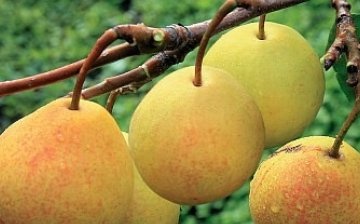

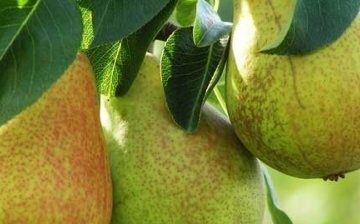
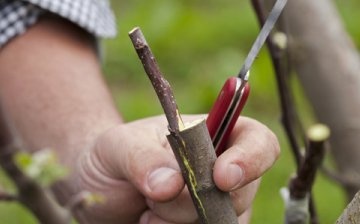
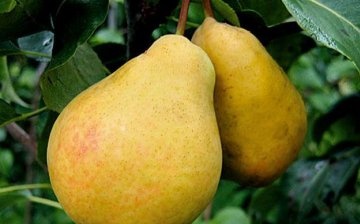





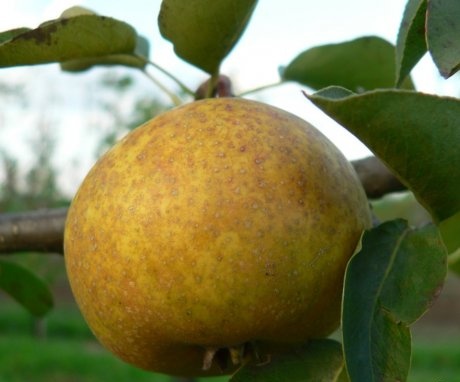


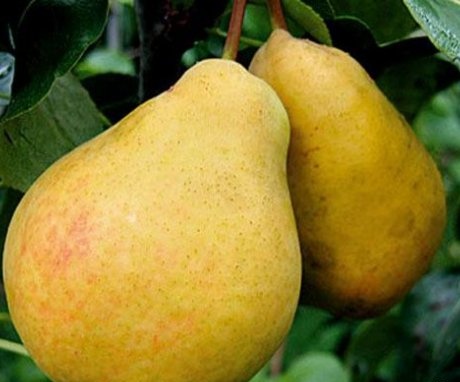
Pear is one of my favorite fruits. Planting and caring for a tree is generally similar to many others. I would like to plant Volga bergamot.